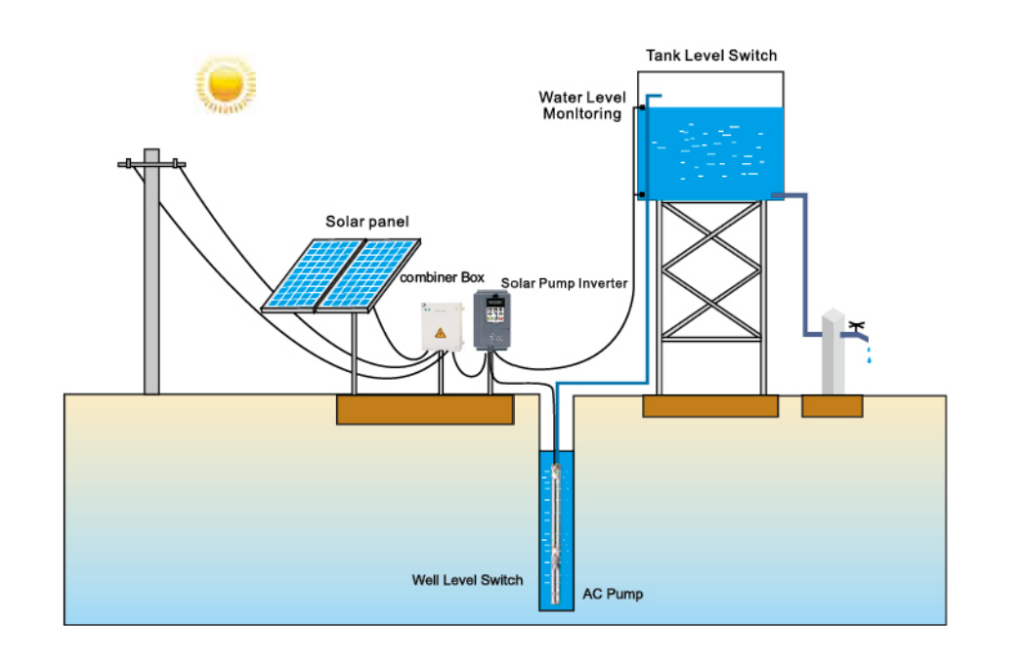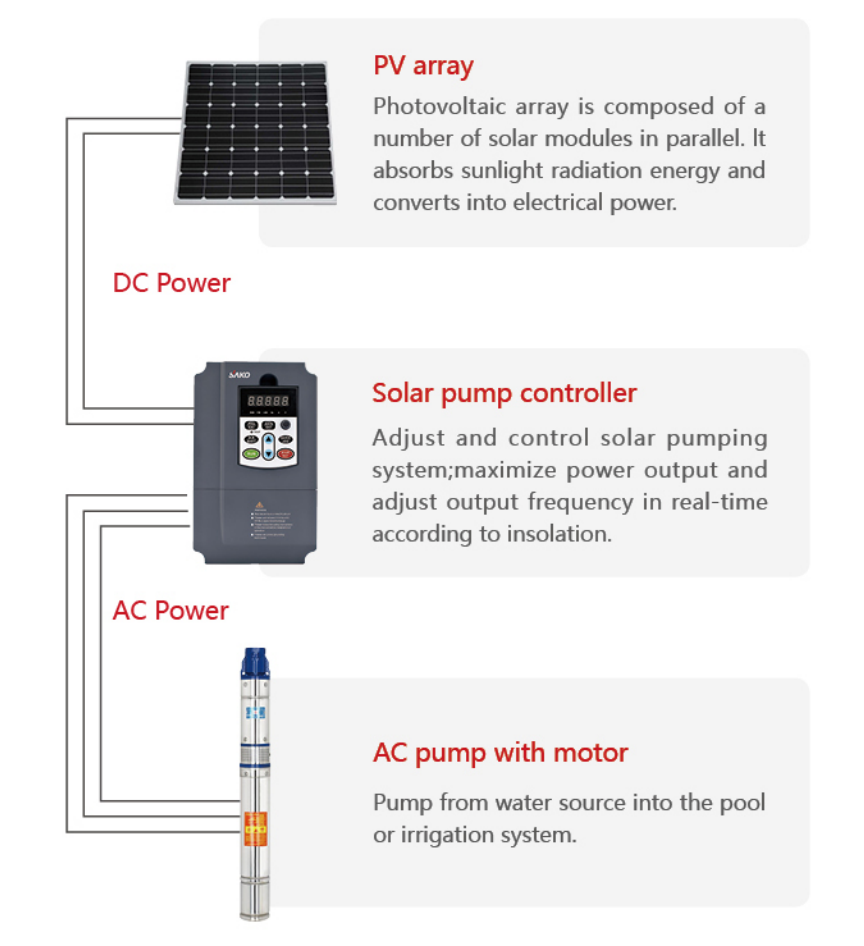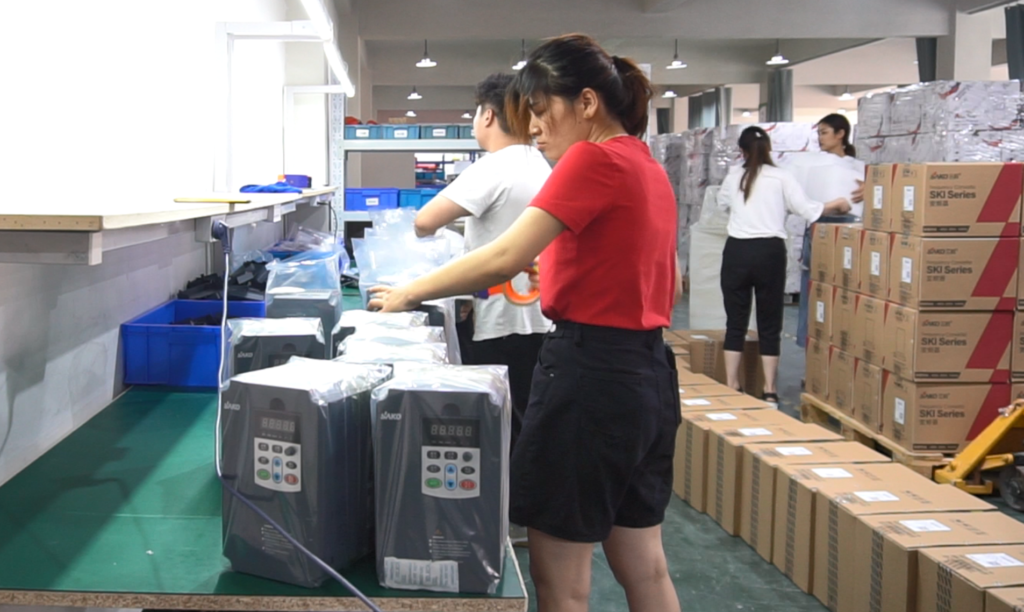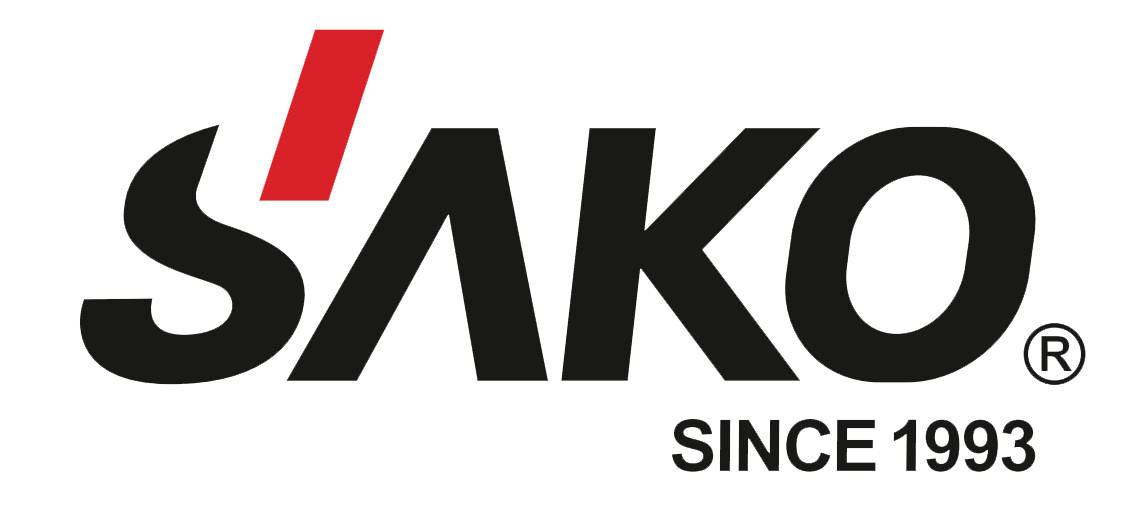When it comes to harnessing the sun’s power, it’s not just about solar panels on your roof. It’s about converting that raw solar energy into something we can actually use. As the general manager of the foreign trade department at SAKO VFD, I’ve seen firsthand the evolution and nuances of solar technology. We talk a lot about solar inverters, but recently, solar pump inverters are gaining attention. What’s the fuss about?
Solar inverters and solar pump inverters serve similar yet distinct functions in the realm of solar energy systems. The primary distinction lies in their application: solar inverters convert DC of power generated from solar panels into AC power for general use, while solar pump inverters specifically adapt this power for use in water pumping systems. Each has its unique role in making solar energy a viable alternative for different needs.
In this post, we’ll dive deep into the world of these devices. I want to keep you hooked because there’s so much to unpack here.
What exactly is a solar inverter?
Let’s start with the basics. A solar inverter is the heart of any solar energy system. It’s the bridge between the photovoltaic (PV) panels and the electrical grid power, or your appliances. What it does is pretty straightforward – it takes the DC electricity generated by your solar panels and converts it into AC electricity, which is what most of our devices and the grid use.
Now, you may think that’s all there is to it, but hold on. Inverters also play a critical role in maximizing the efficiency of solar panels by tracking the maximum power point (MPP). This ensures that you get the most juice out of your panels no matter the weather conditions. It’s tech that doesn’t sleep on the job, and believe me, it’s a game-changer.

And what about a solar pump inverter?
Shifting gears, let’s talk about solar pump inverters. These devices are specialized inverters designed for a very specific purpose – to run pumps. These are the unsung heroes in rural areas or for agricultural activities where grid electricity is unreliable or nonexistent. A solar pump inverter takes the DC power from the solar panels and not only converts it to AC but also adjusts the frequency and voltage of alternating current to match the pump’s requirements.
Here’s where it gets interesting. These inverters come with intelligent motor controls that can adjust the pump speed based on sunlight intensity. That means your water pump is more or less sipping on that solar power, adjusting its pace with the rising and setting sun. And that’s important because water is a resource we can’t afford to waste, right?
Why are they not the same?
But wait, why can’t a regular solar inverter just run a pump? Well, it’s not that simple. Traditional solar inverters are designed for general use – like powering your home or feeding electricity back to the grid. They’re the jack-of-all-trades. But as we know, specializing can make a world of difference.
Solar pump inverters are the masters of one: running pumps efficiently. They’re designed to start up a pump gently, with a soft start, to avoid water hammering and to maintain optimal performance across various sunlight conditions. It’s like having an expert for each task rather than a one-size-fits-all solution.
What benefits do solar pump inverters offer?

So, let’s highlight some key benefits of solar pump inverters. They protect your pump by providing features like dry run protection, and they’re energy efficient – no energy wasted, no extra costs. Plus, they can be used with existing pumps, retrofitting them into solar-powered systems.
These devices ensure that you’re only using the energy you need. And since they’re using free energy from the sun, they help reduce your carbon footprint. That’s not just good for your wallet; it’s good for the planet.
Features And Benefits Of Solar Pump Inverter?
When we talk about a solar pump inverter, we’re referring to a device that not only converts energy but also optimizes the operation of water pumps. The beauty of these inverters lies in their specialized features, which go far beyond mere energy conversion.
Maximum Power Point Tracking System (MPPT)
One of the standout features is the Maximum Power Point Tracking System (MPPT). This technology ensures that the inverter adjusts the electrical operating point of the modules or array to deliver maximum available power. For those managing irrigation or large-scale water projects, MPPT means enhanced efficiency and ultimately, more water flow without extra power cost.
alarming and water level detection
Then there’s the inverter’s ability to alert you with alarming and water level detection. This isn’t just a fancy add-on; it’s a critical feature for maintaining the health of your water system. Imagine being able to prevent overflows or tackle low water levels before they become a problem – that’s the smart tech at work here.
IP65
Moreover, a quality solar pump inverter comes with an IP65 rating, ensuring it is dust-tight and protected against water jets from any direction. This water-resistant trait means your investment is safe even in challenging environments – a feature that’s not just reassuring but necessary for the longevity of your system.
dry run protection
And don’t get me started on dry run protection. Pumps are prone to damage when they run without water, but with this feature, the inverter can sense the absence of water and shut down the pump to prevent wear and tear. It’s like having a guardian angel for your pump.
How does this impact the choice of a solar solution?

Deciding between a solar inverter and a solar pump inverter hinges on your needs. If you’re setting up a residential or commercial solar energy system to power a variety of appliances and maybe even sell back to the grid, a conventional solar inverter is your go-to.
But, if you’re looking to power a water system for irrigation, a fountain, or any other type of water feature, a solar pump inverter will bring you more bang for your buck. It’s tailored for that job, ensuring efficiency and reliability where it counts.
Conclusion
In a nutshell, while both solar inverters and solar pump inverters aim to make the most of solar power, they cater to different applications. Understanding this distinction is crucial for choosing the right equipment for your solar energy needs. As we continue to strive for sustainability, these technologies are key players in our energy future.
It’s not just about selling products; it’s about empowering people with the right tools for a greener, more sustainable world. And that’s what we aim to do at SAKO VFD.
